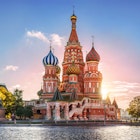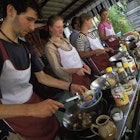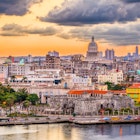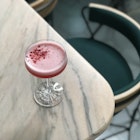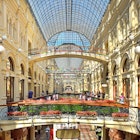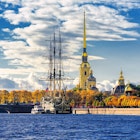Drinking culture in the Soviet times was reduced to a couple of brands of vodka, a couple of types of beer and a very limited number of soft drinks. After the collapse of the USSR and introduction of the market economy, Russia witnessed an explosion in soft and alcoholic drinks production. Here's our guide to the best Russian drinks and where to try them.
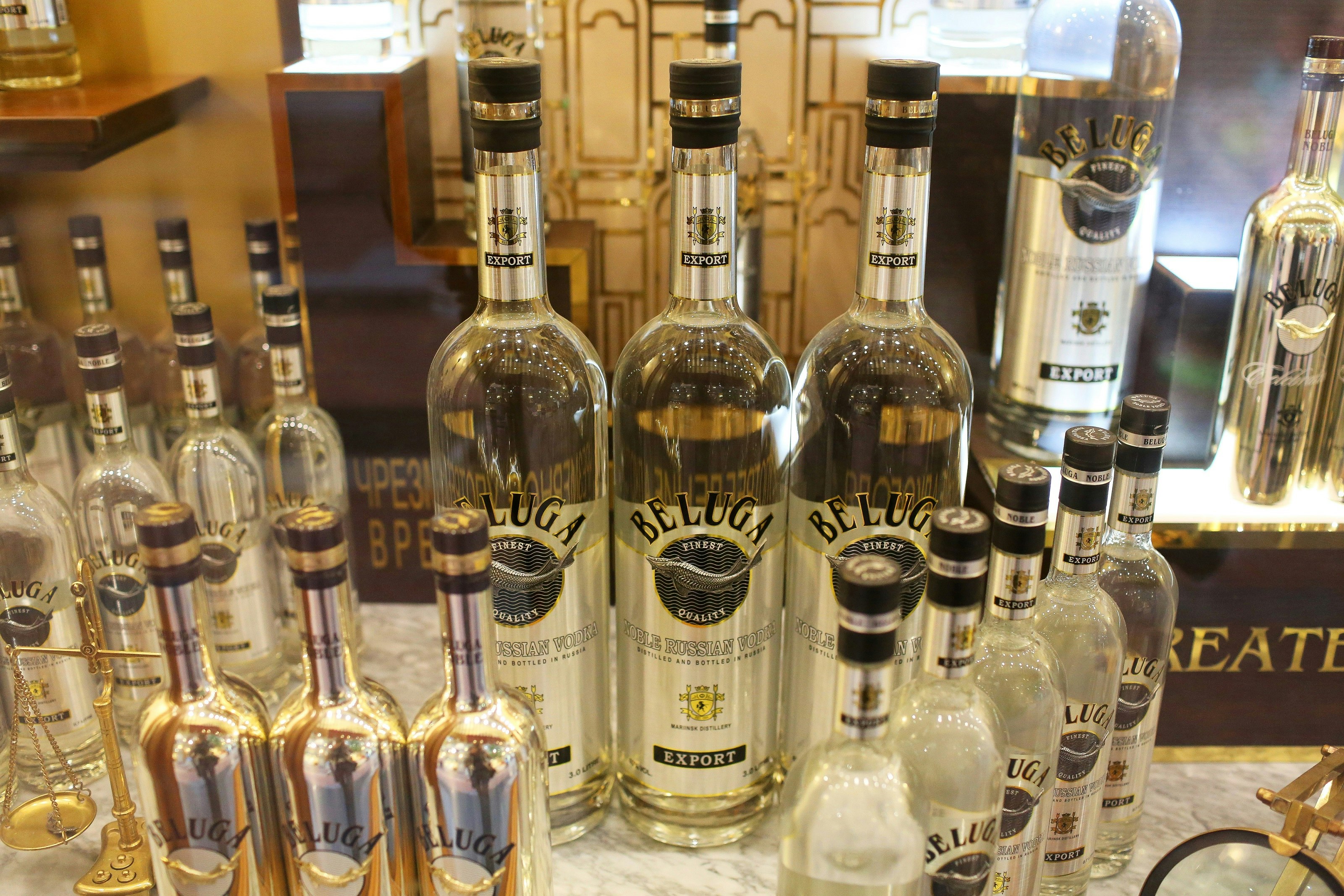
Vodka
Vodka needs no introduction. You can find it pretty much at any place that serves or sells hard booze. Russians never drink vodka with ice and always have a bite or a drink to chase it. It's served as shots only. At the higher end of the market, there’s Beluga and Kauffman, but Russian Standard and Nemiroff will also do the trick. Ryumka Vodki, a theme bar in Moscow named after a well-known Russian song ("Shotglass of Vodka"), is the place to try it, with a wide selection of vodkas and infusions.
Samogon and polugar
Samogon (home-brewed liquor) is a strong alcoholic beverage made through fermentation of sugar syrup, potatoes, beets, fruits or other products. Initially it has a pungent smell, so often various ingredients are added, such as herbs, citrus fruits, honey, berries, oak bark, tea and coffee.
It was especially popular during prohibition in the 1980s in the USSR as a cheap substitute for vodka. It is still an integral part of drinking culture in the provinces and there have been some efforts to revive its production in large cities. It’s not available in stores, but can be found at restaurants serving creative Russian cuisine, such as LavkaLavka in Moscow. Polugar or “bread wine” is a similar drink, but based on a rye distillate.

Craft beer
Russia has been brewing beer for centuries and has a surprising craft beer scene in many cities including Moscow, St Petersburg, Yekaterinburg and Tula. You can find porters, stouts and IPAs, with milkshake IPAs becoming popular in recent years. Stout options include Imperial Russian Stout (about 10–12% alcohol) and pryanik (pastry stout). There are microbreweries, tap rooms and plenty of bars to choose from.
Infusions
Infusions are made by infusing vodka with various fruits, seeds, spices, aromatic and medicinal herbs. The strength ranges from 25 to 40% and they are usually sweet, but can be savoury or even spicy. Number one in popularity is definitely cranberry vodka infusion and it can be found at any supermarket. For less traditional options (and there are many of them!), like a tangerine or horseradish infusion, you should head to a restaurant or a bar. Russian dumplings chain Varenichnaya or Ryumka Vodki both have great selection of infusions.

Medovukha
Medovukha (honey ale) is made of water, honey and yeast. It’s a sweet, light and fragrant alternative to beer, usually with strength around 5%. Things like juniper, ginger, cinnamon, cloves, red pepper and rose hips can be added. Medovukha is available at many supermarkets, at ubiquitous pancake chain Teremok, and Russian cuisine restaurants. It’s a must-try drink for any visitor to Russia. You can get the most authentic medovukha in Suzdal, an ancient town on Golden Ring route, with centuries-old mead brewing traditions.
Kvas
After vodka, kvas is the most famous Russian drink. It is carbonated and may contain approximately 1% alcohol. It's prepared through fermentation of flour and malt or dry rye bread, sometimes with the addition of herbs and honey. Kvas is popular in the summer, and is used not only as a drink, but also the basis for cold soups such as okroshka. You can find it at any Russian restaurant (Chekhov in St Petersburg is good) or supermarket (your best option is the Vkusvill chain).
Mors
Mors is one of the most popular non-carbonated soft drinks in Russia. It’s made with berry juice or boiled berries, diluted with water and sweetened with sugar or honey. Cranberry, lingonberry and sea buckthorn are the most widespread types of mors. It can be found at any supermarket and practically any bistro or cafe all over Russia.
Tarkhun
Tarkhun is a type of lemonade made with tarragon. Don’t be put off by the bright emerald colour, it’s simply the best soda drink in Russia. Made from tarragon extract, it can be found at any supermarket, but it’s even better to order home-made tarkhun at restaurants, where it will be less sweet and made with fresh herbs. Try it at Saperavi, one of the best Georgian restaurant chains in Moscow.
Sbiten
Sbiten is an ancient, sweet, non-alcoholic drink made from water, honey and spices, as well as medicinal herbs. In the winter Russians drink hot sbiten, while in the summer and at Russian baths, it’s served cold. Try it in Teremok or buy a bottle in one of the Vkusvill supermarkets.
Birch juice (sap)
Birch sap flows from trunks and branches of a tree during spring. It contains vitamins B6 and B12 and is believed to be very good for your health. From one birch tree you can normally collect 2–3L of sap a day. The sap itself is pleasantly sweet, without a pronounced taste, so herbs are sometimes added for flavouring. Once again, look for it at Vkusvill supermarkets.
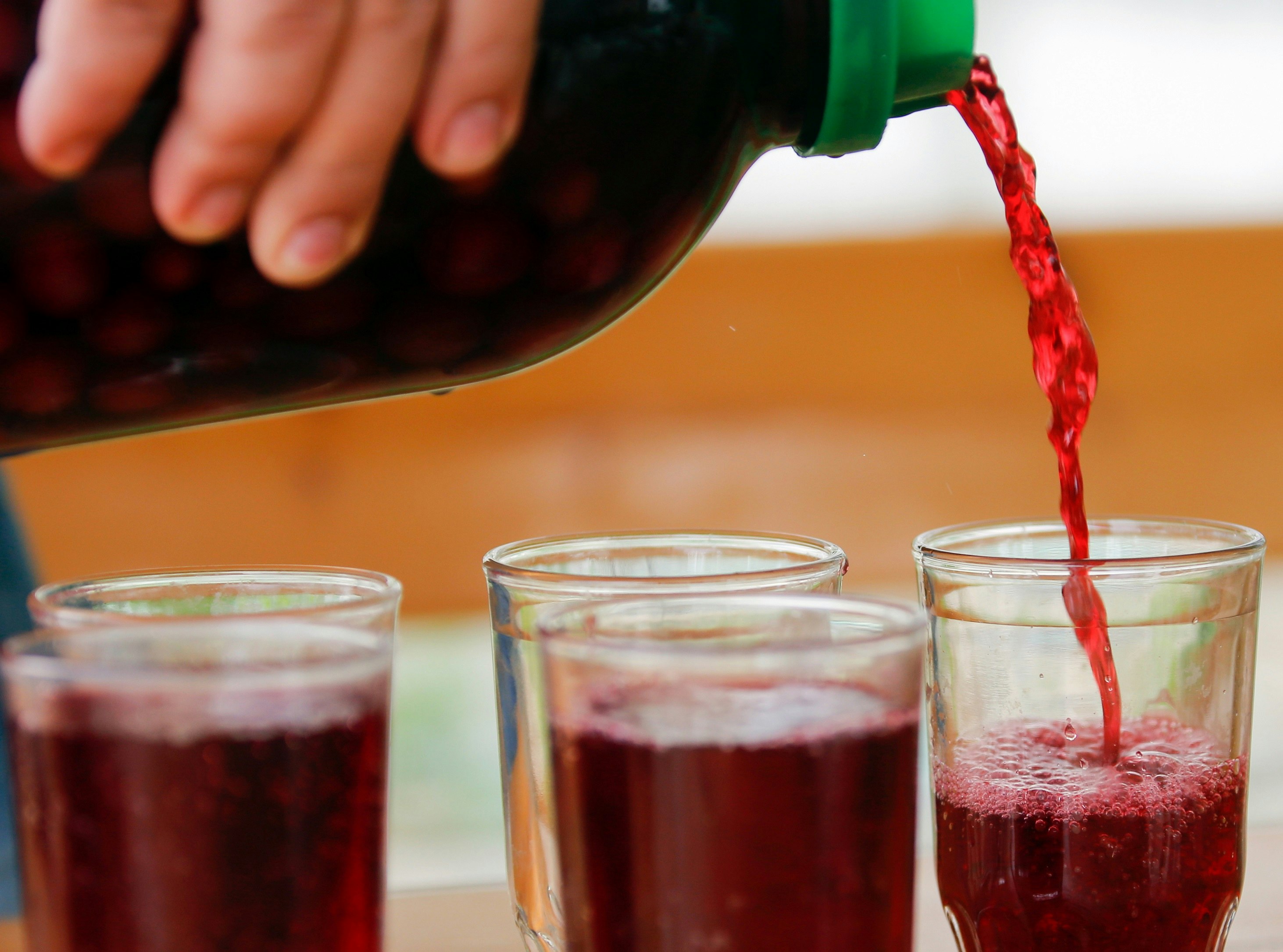
Kompot and vzvar
Russian kompot (fruit squash) is different to European compote. It’s not a sauce or a dessert, but a drink made from boiled fruits and berries, fresh or dried, served hot or cold. It's widely available in restaurants, bistros and supermarkets. Another, more traditional version of kompot is vzvar, which is on offer in LavkaLavka.
Kisel
Kisel is a thick, sweet berry drink prepared with starch, so the liquid turns into a jelly-like substance. You can buy it ready to drink in bottles at a supermarket or you can make it at home from concentrate. It's not commonly served in restaurants.
Ivan-chay
Ivan-chay is a traditional herbal tea made from the eponymous herb, also known as rosebay. It’s quite fragrant and has a pleasant, if a bit sour, taste. It became popular in Russia before the revolution, at the same time as Chinese tea. In Soviet times, it wasn’t widespread, but today ivan-chay is experiencing a revival. Look for teabags or loose tea at Vkusvill supermarkets.
You may also like:
A foodie’s guide to Russia
A guide to the very best shopping in Moscow
Make sure you're ready for anything with travel insurance from our trusted partners. Check out adventure tours for every traveller from our trusted partners.





